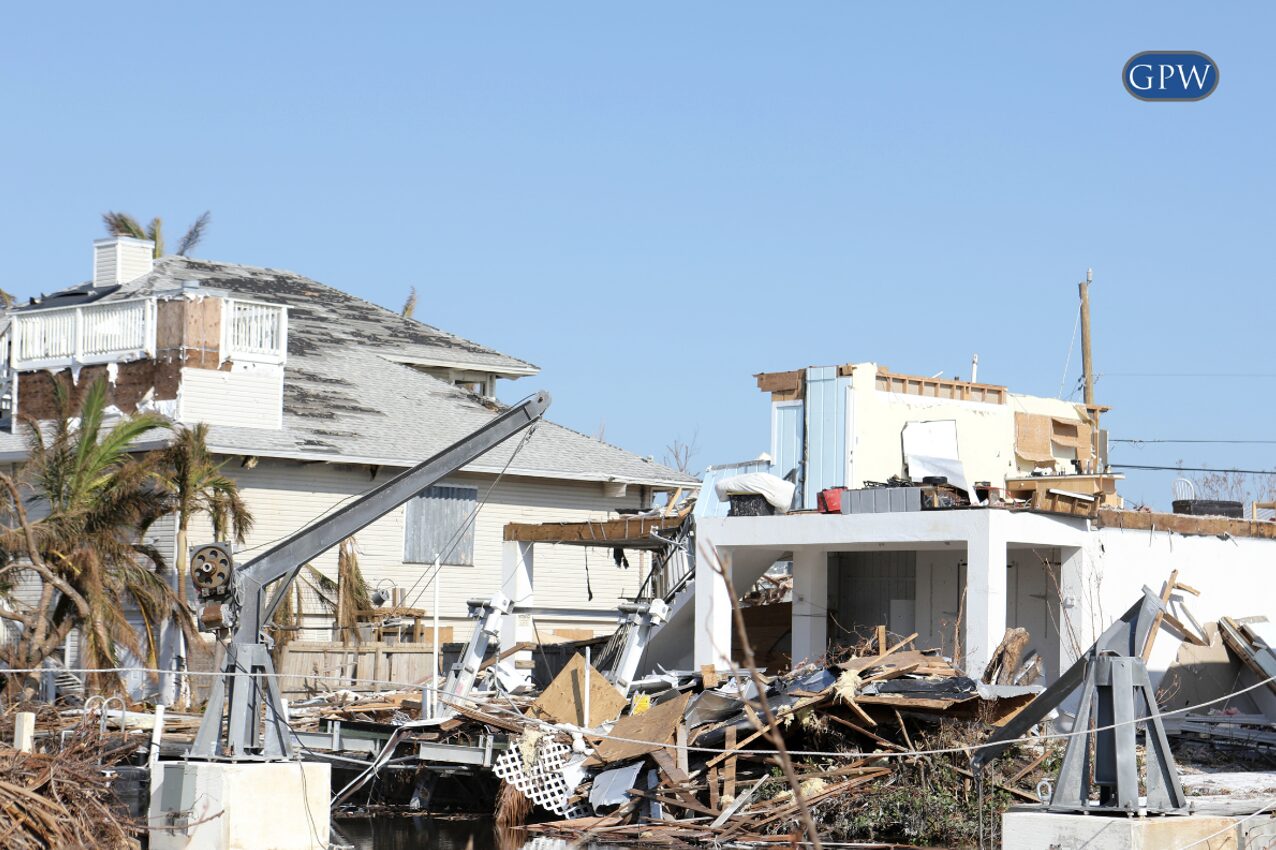New side effect discovered in controversial fracking practice
Hydraulic fracturing, or fracking, isn’t without notoriety. The practice is riddled with objections and complaints from those affected. Communities near wells experience chemical exposures and contaminated water supplies, among other risks. Amidst all the negative publicity, a new threat emerged following a study by the National Institute for Occupational Safety and Health (NIOSH).
During a study conducted last spring and summer, NIOSH researchers monitored the amount of benzene released during one of the stages of fracking called flowback. Around a month after the water cocktail is pumped into the ground to release the natural gas, the fluids return to the top of the wells. This flowback contains waste water, sand, fracking fluid, gas and oil. From here, the liquids are separated and tested by well workers.
To measure the flowback, workers open the top hatches on the wells and insert a gauging stick into the tanks. When they’re too deep, a hand-cranked gauging tape is used.
Almost 90 percent of the samples contained levels that were over the legal limit for workers for exposure to benzene. Multiply this by the amount of times the worker is involved with this process and they have significantly higher chances of developing a benzene-related illness.
According to the Centers for Disease Control (CDC), benzene can hinder how cells typically work and cause many problems with bone marrow, red blood cells and white blood cells. With the potential for leukemia to develop, both the short- and long-term effects can be deadly.
After evaluating the results, NIOSH released recommendations that reflect the dangers associated with flowback testing, including limiting worker exposure and the use of respiratory masks. While the conclusions are preliminary, the agency believes in making changes now to make the process safer.
Because the oil and gas industry is rapidly growing and adjusting, the long-term effects on the workers and communities are not known. Studies like this are done to help prevent future issues with all those involved with or near fracking sites.



